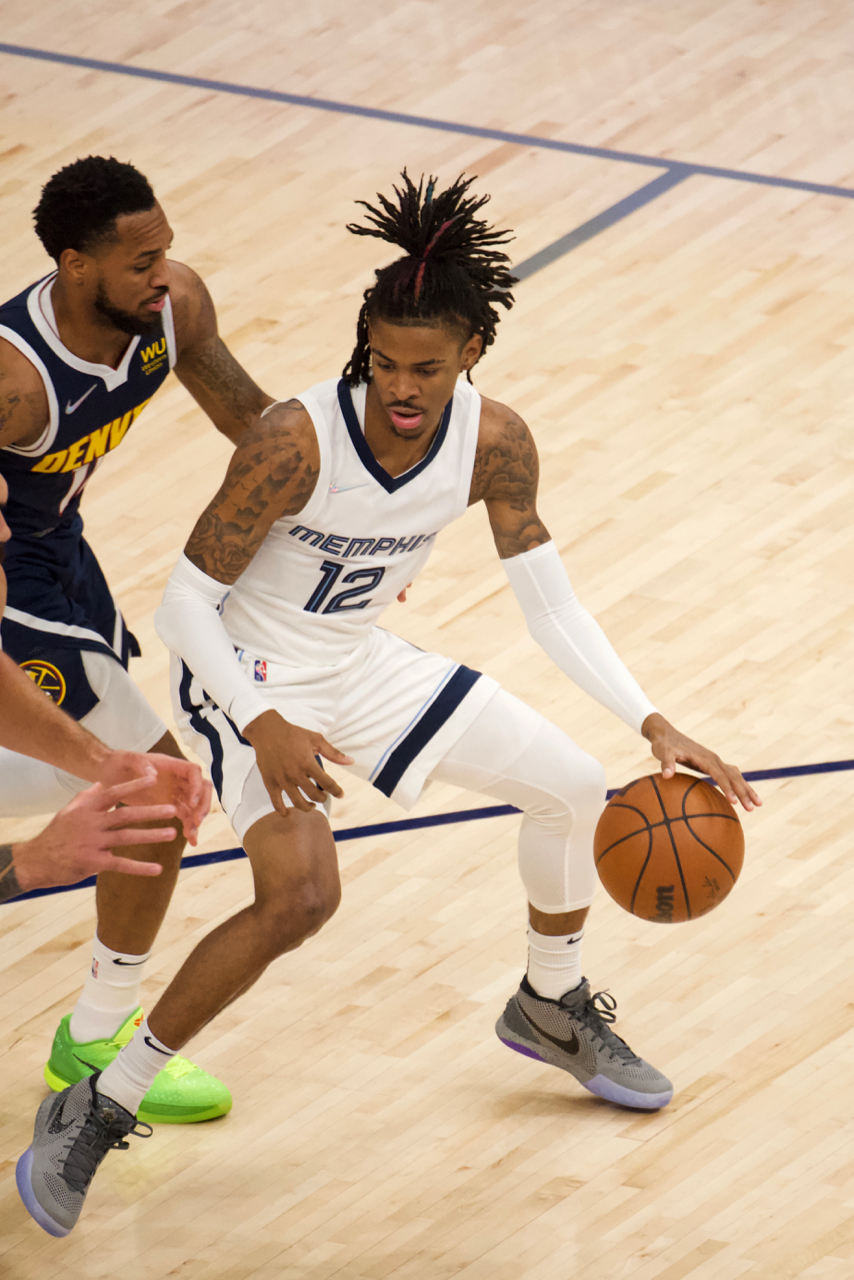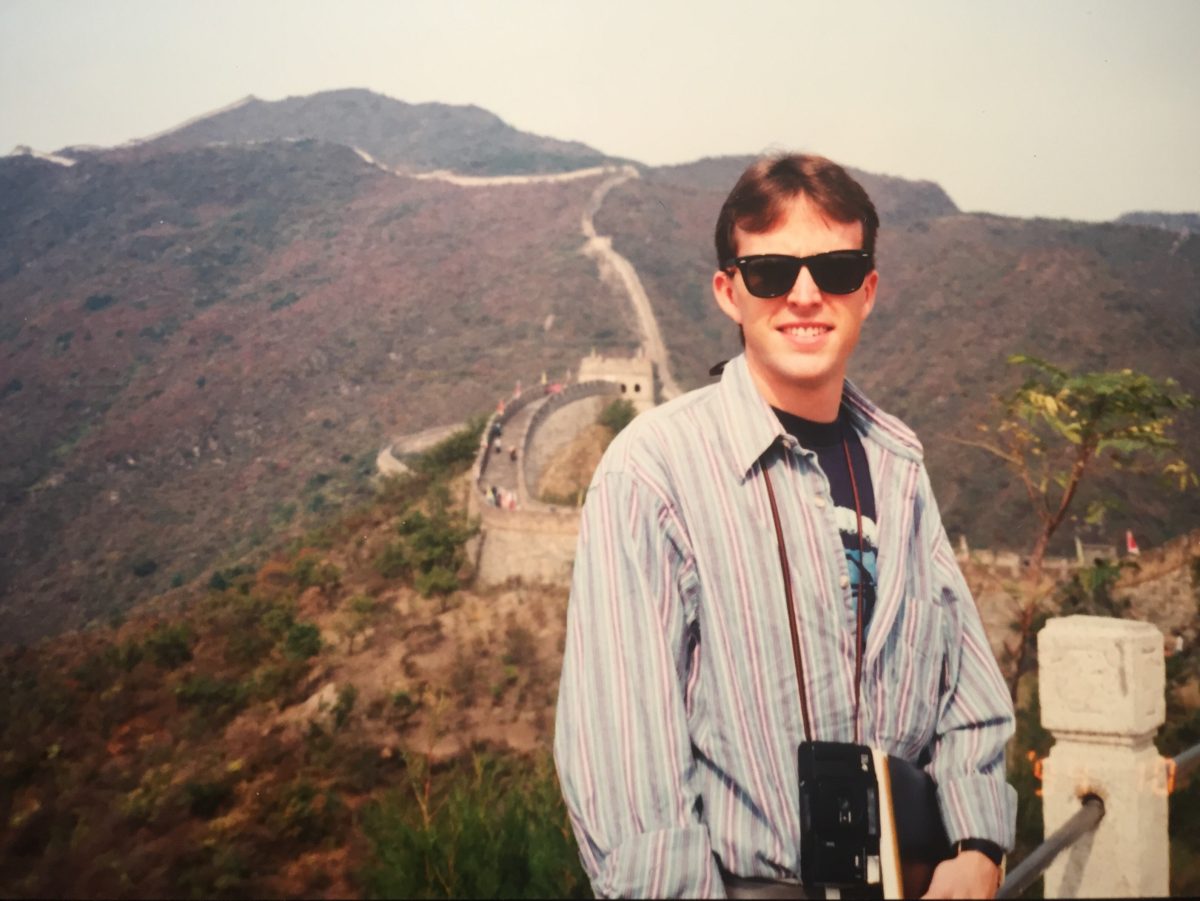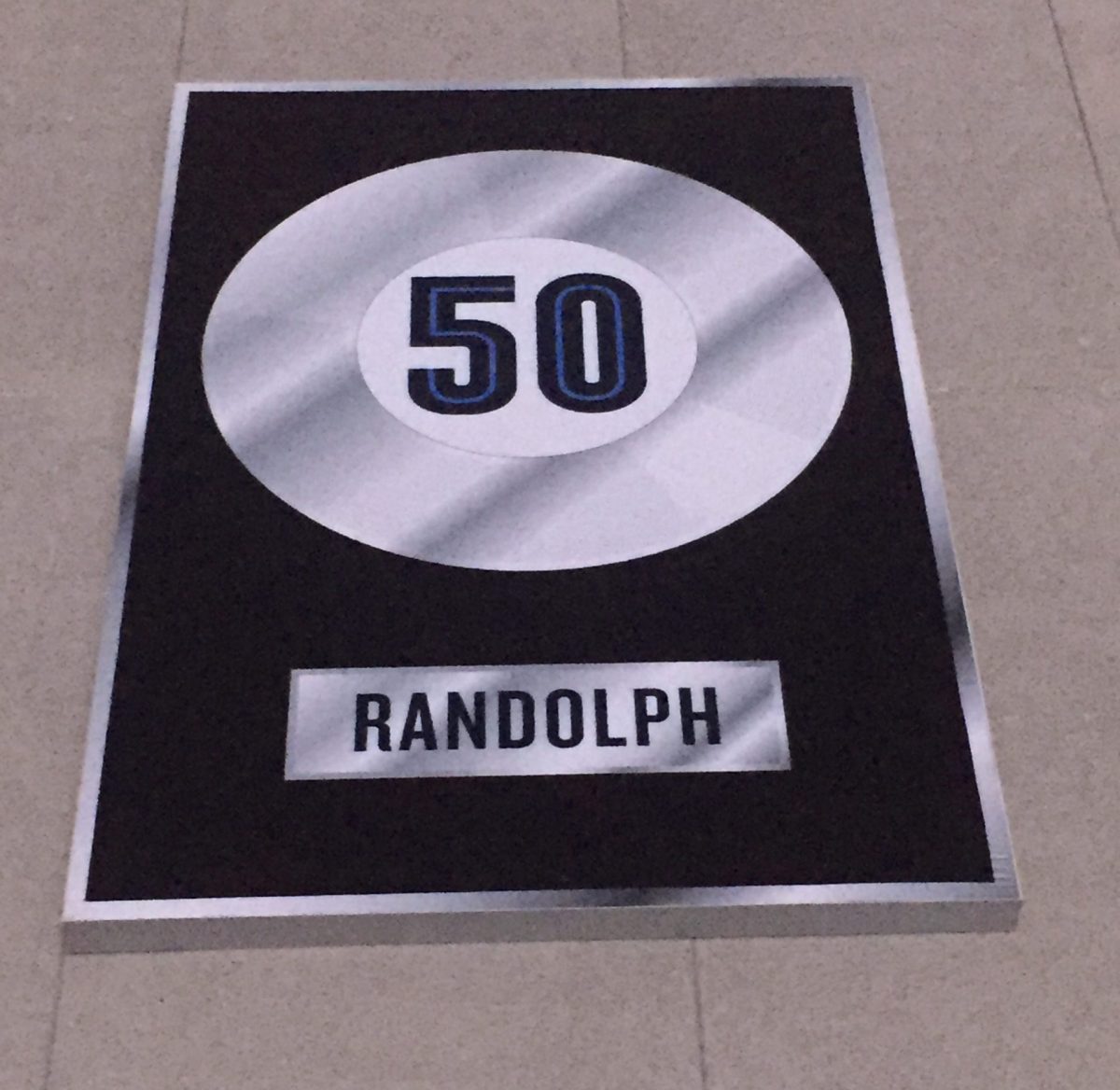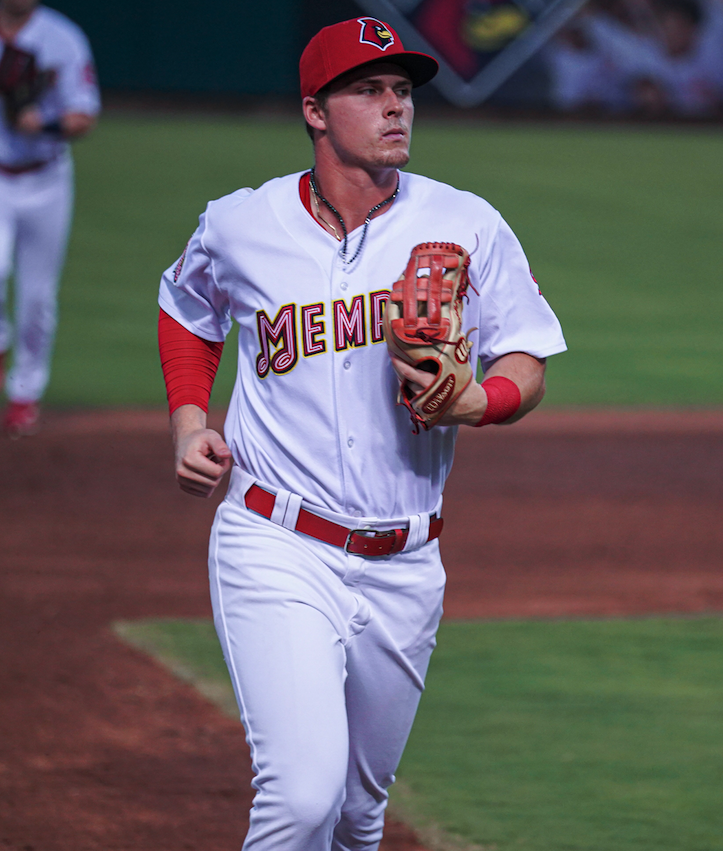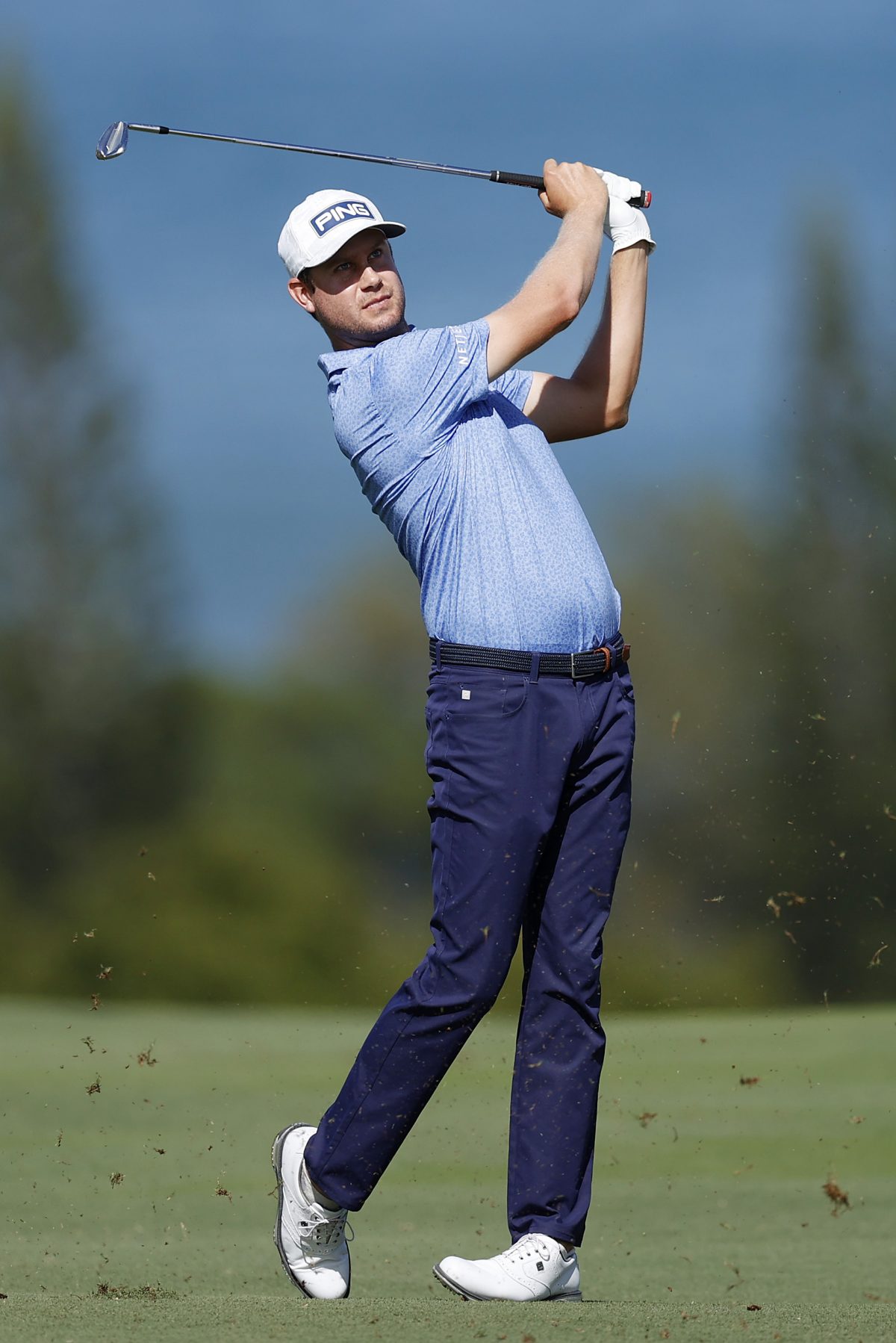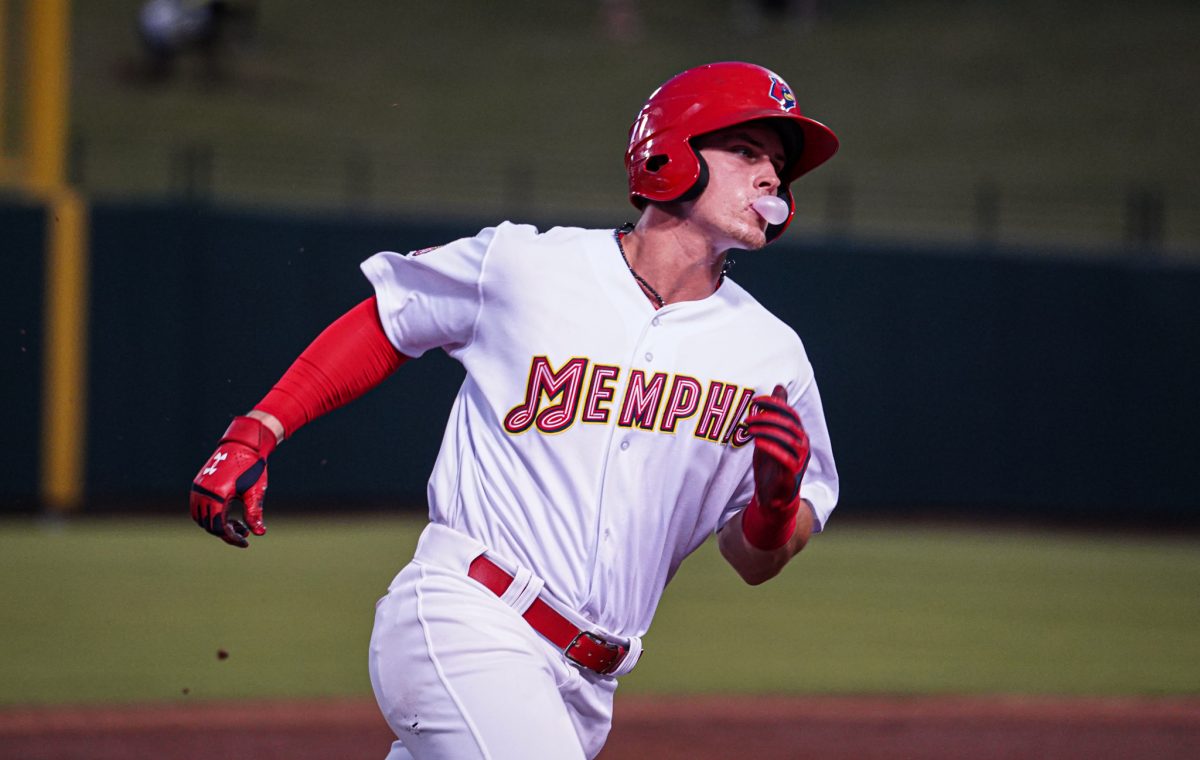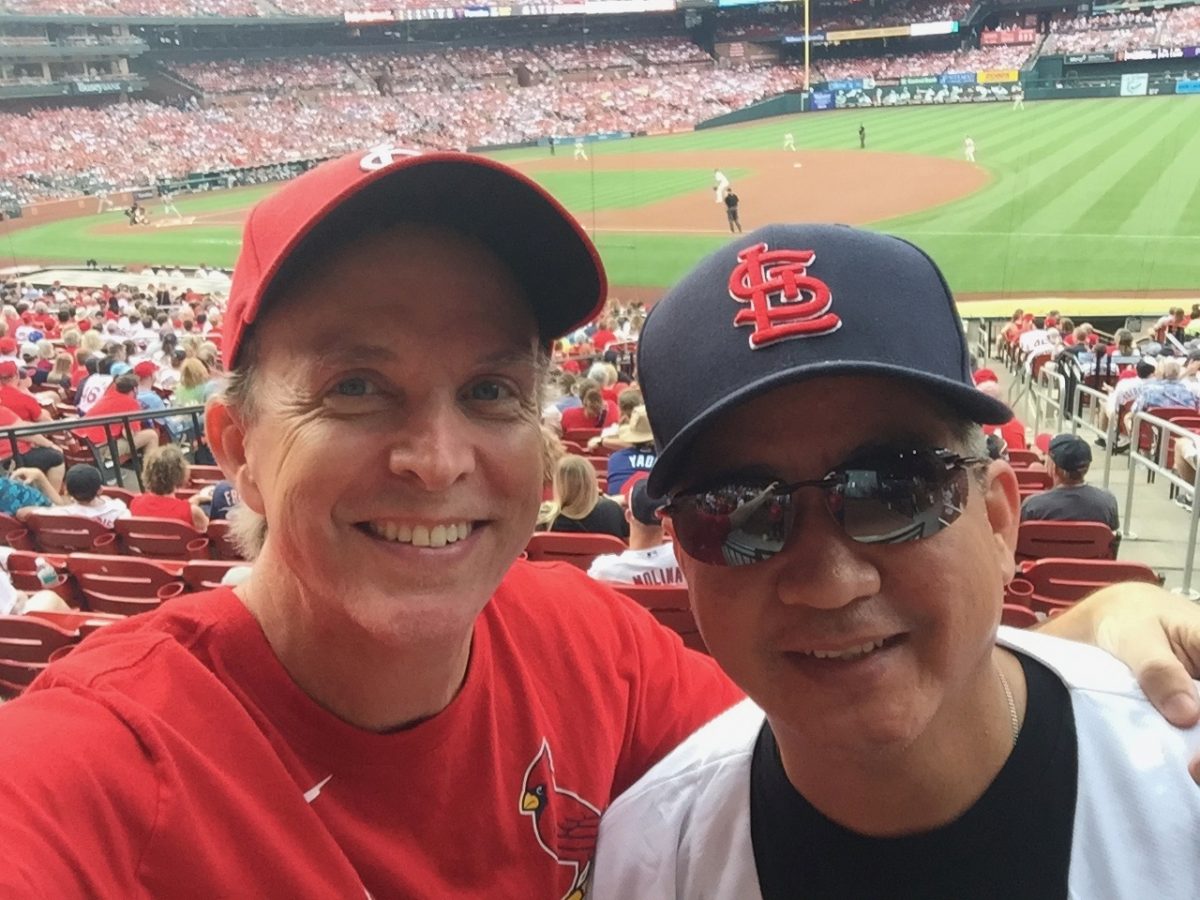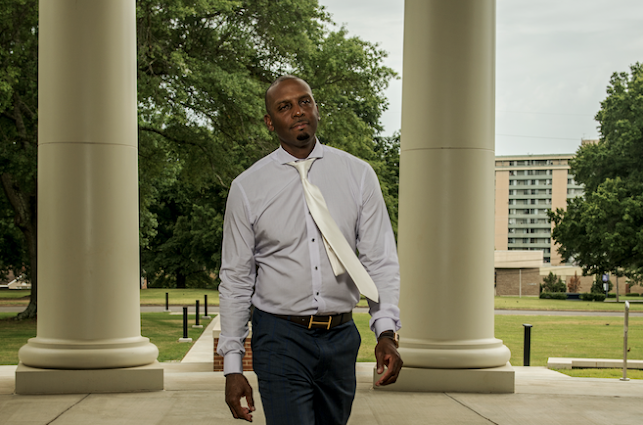Ja Morant has played in 176 regular-season games for the Memphis Grizzlies. He’s appeared in five playoff games, with more — hopefully several more — coming this spring. To say he’s gained star quality in the Mid-South would be a vast understatement. But Sunday night in Cleveland — at the NBA’s All-Star Game — Ja Morant arrived as an international star. Only the second Grizzly to start in the sport’s most glamorous showcase, Morant played just 17 minutes and scored merely six points. (He threw down a pair of dunks that would have won Saturday night’s silly contest.) Consider the 2022 All-Star Game a teaser for the rest of the world, because Ja Morant of the Memphis Grizzlies is here and basketball’s royalty is quite aware.
Sunday’s event was more a celebration of the NBA’s first 75 years than it was a gathering of 24 current stars. The introductions at halftime of 75 all-time greats — most of them right there at Rocket Mortgage FieldHouse, a few actually playing in the All-Star Game — was an extraordinary salute by a league that relies more than any other on individual star power. George Gervin wears a larger belt today than he did in the Seventies and Eighties . . . but he’s the Iceman. Dominique Wilkins is wearing glasses now . . . but he’s the Human Highlight Film. And those two, among the diamond-anniversary greats, are second-tier celebs. It was a truly astonishing group of basketball icons under a single roof. And Ja Morant of the Memphis Grizzlies was right there.
I’ve interviewed Julius Erving, Bill Walton, and Jerry West. I’ve met Magic Johnson, if briefly. These are sports legends of a different breed, men with star power that will outlive them, players who serve as the basis for comparison for any rising star who hopes to be worthy of a jacket when the league celebrates a century in 2047. We can count Ja Morant of the Memphis Grizzlies among those rising stars.
The greatest basketball player of them all, Michael Jordan, was the last legend introduced Sunday night. (There’s a reason players weren’t presented alphabetically.) The very next player in the spotlight on TV screens around the world was . . . Ja Morant of the Memphis Grizzlies. He was part of a young All-Star quartet (along with Devin Booker, Karl-Anthony Towns, and Luka Doncic) that delivered a scripted-but-poignant tribute to the past legends, while looking forward to “the next 75 seasons” of stars and moments. Many of the men celebrated Sunday night will not be with us 25 years from now for that centennial celebration. But you get the feeling Booker, Towns, and Doncic just might. And it’s starting to feel all but certain that Ja Morant of the Memphis Grizzlies will be there.
NBA championships are won by superstars, by the kind of player honored Sunday night in Cleveland. Since 1980, the NBA has crowned 42 champions. Only the 2003-04 Detroit Pistons suited up a team that didn’t include a two-time 1st-team All-NBA player. I bring this up because Memphis wants an NBA champion and we seem to have in our midst a player who may soon claim 1st-team All-NBA status. There is often a “process” to these things. Jordan won his first championship in his seventh season. It took West 12 years to win his only title. Can a 22-year-old superstar like Ja Morant harbor dreams of winning a crown so soon? His Grizzlies currently boast the third-best record in the entire NBA. The franchise’s first division title appears to be a lock. Why not more? If the 2022 All-Star Game symbolized anything, it’s dreams fulfilled. Ja Morant and Memphis. Superstar and city. One shared dream.
